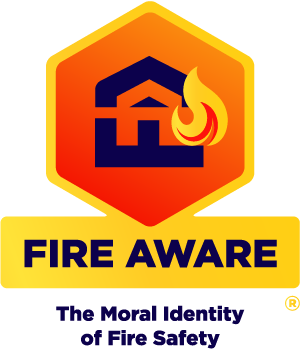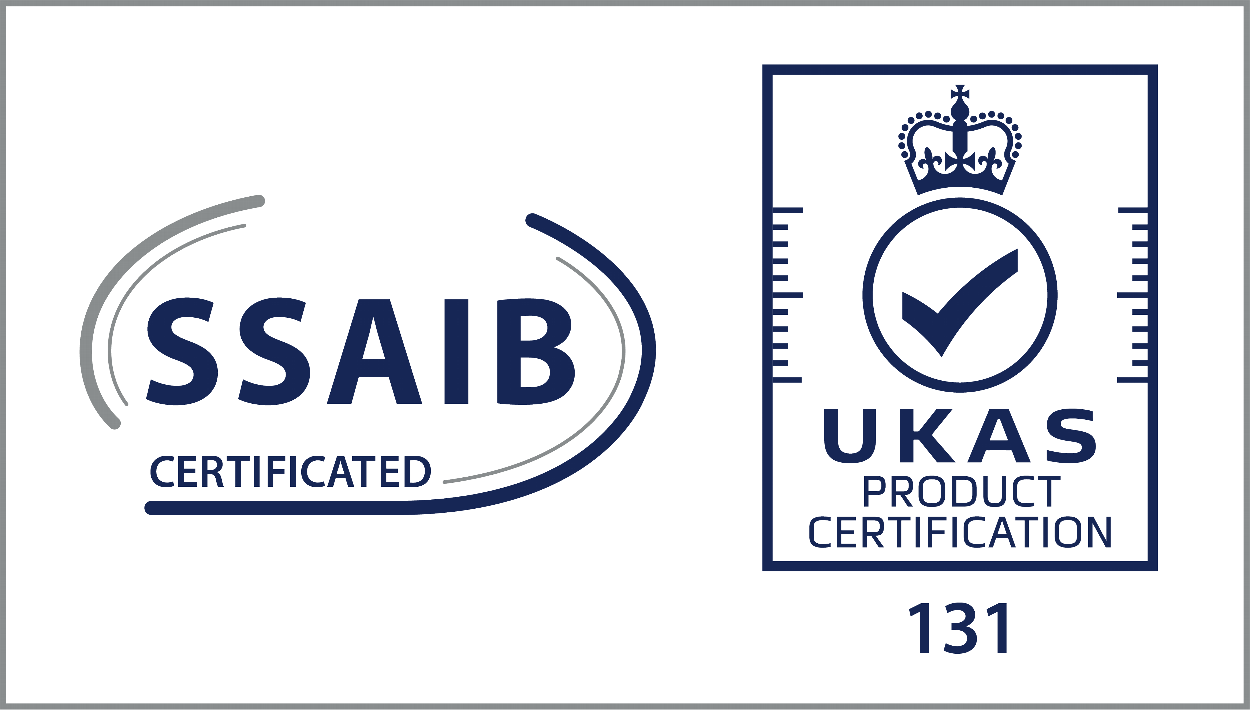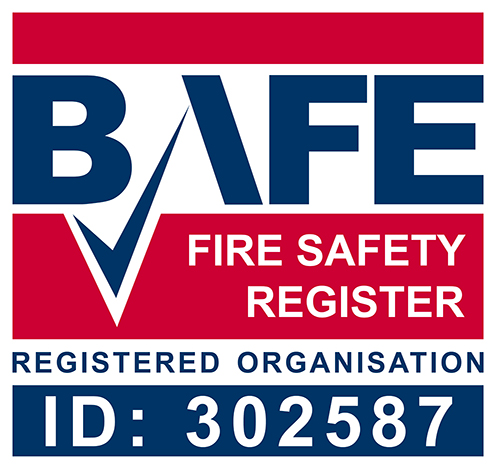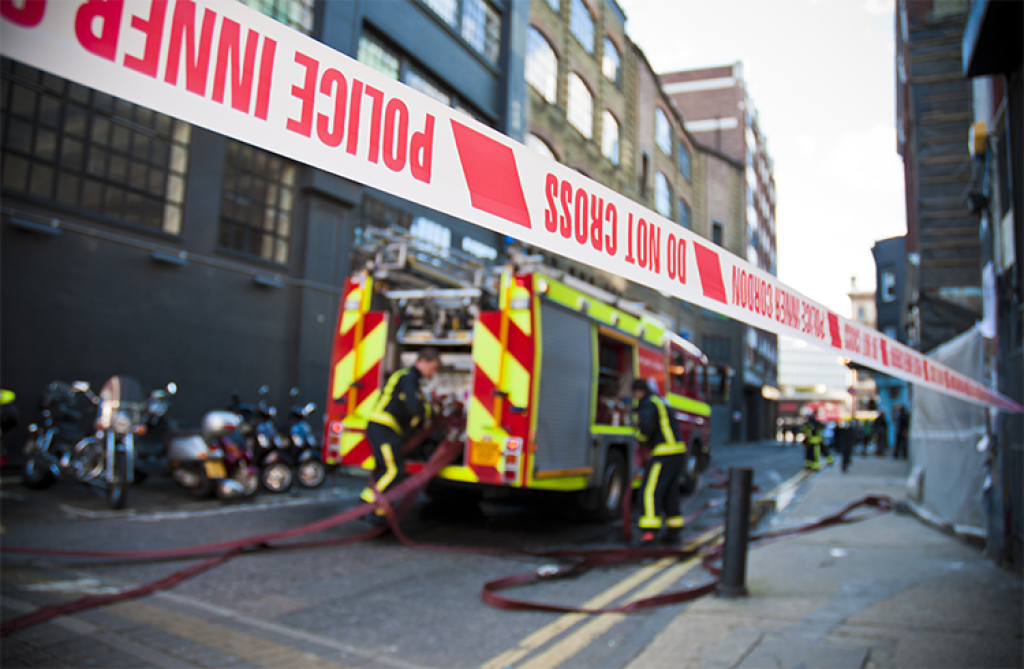As lockdown continues what do business Owners need to do?...
Businesses still need to maintain their fire safety measures and prepare for the return to work... protecting your business is your livelihood.
Covid-19: Business Fire Safety advice.
COVID-19 has changed the landscape of the entire country, particularly for businesses. For the foreseeable future, lives, jobs, and operations have been changed and we’ll all be working to find ways of moving forwards. Few sectors in the business world have been left untouched because of the lockdown measures used to help stop the spread of the coronavirus, but what does the future look like for those businesses continuing?
In the first our business blogs we’re going to look at how COVID-19 has impacted businesses and provide guidance on fire safety for companies continuing to operate or those seeking to reopen in some capacity as lockdown eases.
It’s easier to put it into some questions and answers for people to read.
Q. Does fire safety law apply in the current Covid-19 situation?
A. Yes, the Regulatory Reform (Fire Safety) Order 2005 still applies. It is the duty of the Responsible Person to ensure risk from fire is identified and suitable measures implemented, these should be recorded in your fire risk assessment (FRA).
Q. My Manager and Supervisor who normally deal with fire safety are self-isolating and I do not know what to do?
A. It is the Responsible Person’s responsibility to ensure there are sufficiently trained staff to assist them in managing fire safety.
The Responsible Person as defined in Article 3 of the Fire Safety Order 2005 is a hierarchy where the Responsible Person is:
1. The employer.
2. Where there is no employer the person who has control of the premises.
3. The owner.
You should contact your Manager and/or Supervisor, observing Government guidelines, to seek advice and there should be a premises fire risk assessment which will assist.
Q. Will the Fire and Rescue Service visit my premises as normal?
A. In the current situation FRS are following Government guidance on limiting non-essential contact and as such, are taking a risk-based approach to all Protection (fire safety) activity and focusing their resources on the highest risks.
Feel free to contact us should you require further advice and guidance. We will be more than happy to help.
Q. Can I lock some fire exits that we are no longer using for security, as we have a reduced number of occupants and are not using all the premises?
A. There needs to be a suitable and sufficient number of fire exits for the number of occupants within your premises that are immediately available without the use of a key or code. This should ensure occupants do not have to travel excessive distances or pass through an area of high fire risk or move towards a fire to escape.
This should be supported with adequate escape signage and emergency lighting to identify the escape routes to be used in event of fire, with any changes being relayed to all occupants in a format they can understand. You should assess this for the current occupancy and use and record in your fire risk assessment; where doubt exists, you should seek advice from a competent person.
Q. What should I do about my fire escape route as it passes through next door which is closed?
A. You need to assess and evaluate the impact this has on your ability to escape your premises in event of fire and the availability of other escape routes. Where safe to do so, and in accordance with government guidelines, you should liaise with the Responsible Person of the other premises to see if an agreement can be reached. This should be recorded in your fire risk assessment and, where doubt exists, you should seek advice from a competent person.
Q. What do I do as my premises is a multi-occupied building and some businesses have closed
A. You need to assess and evaluate the impact this has on all your fire safety measures. It is highly recommended you do this in conjunction with other premises owners and the premises management company, to assess the risk and record the findings in your fire risk assessment. Where doubt exists, you should seek advice from a competent person.
Q. Can we wedge open fire doors to stop people from touching handles?
A. No, fire doors are an important fire safety measure, keep fire doors closed and follow government advice on hand washing and cleansing hard surfaces.
Fire doors can only be held open by automatic releasing hold-open devices specifically designed and installed for this purpose.
We are happy to advise on the most appropriate devices to fit.
Q. Should I still be carrying out fire drills in my commercial premises?
A. Fire drills are an important part of any successful emergency evacuation procedure and can assist in a safe evacuation in event of fire, it is imperative everyone understands what to do in event of fire.
You need to assess the current situation considering the familiarity of your occupants and the last fire drill. If required and depending on your premises, you can familiarise new occupants with the premises and may be able to carry this out via a desktop drill, this is important when staff have been working at a different site previously.
It is also extremely important to take into consideration the need for Personal Emergency Evacuation Plans (PEEPs) and how these will be managed and supported as part of your overall Emergency Evacuation Procedures and fire risk assessment.
Q. Should occupants evacuate the premises if the fire alarm sounds as social distancing may be impacted?
A. It is essential all occupants leave the premises in event of fire to ensure their safety and go to the pre-determined Assembly Point (see below). Whilst social distancing may be impacted during evacuation, this can be managed and by following government guidelines on maintaining hygiene at the Assembly Point.
Q. How do I maintain social distancing at the Assembly Point?
A. You need to review and revise your current emergency plan and Fire Marshall Provision, including the Assembly Point, considering the number of occupants and ensure all occupants are issued with revised instructions and are aware of what is expected.
Q. What do I do as my evacuation relies on staff and some of them are sick and self-isolating?
A. You need to immediately identify your current staffing levels and consider how this will impact the use of your premises, the safety of those staff still at work and your emergency evacuation procedures. Consideration should be given to PEEPs and the evacuation of the most vulnerable occupants of your premises. You should consider where it is practical to do so, relocating occupants within the premises and minimising the areas in use, and investigating all avenues to provide the required number of staff.
Where doubt exists seek further advice from us
Q. Do I have to provide fire safety training?
A. Yes, it is important all staff and those who may be working at the premises e.g. maintenance, are given fire safety training relevant to their role, responsibilities and needs in event of fire. You should review the current level of training against each individual and update where required, this is essential for any occupants who may not be familiar with your premises.
Q. What do I do if my usual cleaning and maintenance team is replaced with people unfamiliar with my building fire safety arrangements?
A. All staff and those working on the premises need to be familiarised with the premises and informed of the arrangements and any specific risks to which they may be exposed and what is expected of them in event of fire.
Q. With reduced staffing I do not have enough trained personnel in the use of fire extinguishers, can anyone use them?
A. It is important any person expected to use a fire extinguisher to reduce fire risk or to secure a safe escape is trained, they should:
· Be familiar with the operating instructions.
· Understand which extinguisher can be used on which type of fire.
· Be aware of the fire extinguisher locations.
Q. Do I still need to maintain my fire safety systems (fire alarm, emergency lighting, fire extinguishers)?
A. In businesses that are open and operating the routine testing and maintenance of all fire safety measures is essential in keeping people safe to ensure they operate and perform as required in event of fire.
Please contact Fireshield Fire Protection for your Fire Extinguisher needs
Q. Do I still need to test my fire alarm?
A. In businesses that are open and operating, the routine testing and maintenance of all fire safety measures is essential in keeping people safe to ensure they operate and perform as required in event of fire.
Q. My business is closed at the moment, can I attend if I am notified by an Alarm Receiving Centre or the Fire and Rescue Service that the alarm is sounding, and I am a keyholder?
A. You should make every effort to attend the premises whilst adhering to current Government advice as best as possible. This will allow the release of essential front-line FRS resources from the premises and reduce the chance of calls to the FRS at this challenging time. On attendance at the premises you should you keep yourself safe and if there are indications of a fire immediately leave the premises and phone 999.
If you need any further advice please give us a call 0800 593 0916
©Wyvern Risk Management Limited 2023. All Rights Reserved.
Registered Company in England & Wales
Registration no 10368490
 Get In Touch - 0800 593 0916
Get In Touch - 0800 593 0916
FAQs
Testimonials
Our Company





